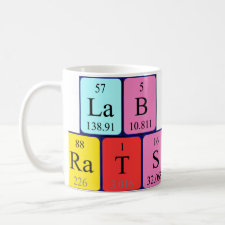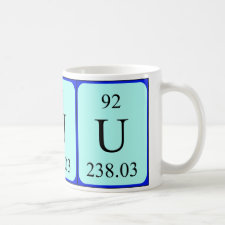
Authors: Monier M, Alatawi RAS, Abdel-Latif DA
Article Title: Synthesis and characterization of ion-imprinted resin for selective removal of UO2(II) ions from aqueous medium.
Publication date: 2015
Journal: Journal of Molecular Recognition
Volume: 28
Issue: (5)
Page numbers: 306-315.
DOI: 10.1002/jmr.2445
Abstract: In this work, uranyl ion-imprinted resin based on 2-(((4-hydroxyphenyl)amino)methyl)phenol was synthesized by condensation polymerization of its uranyl complex in presence of resorcinol and formaldehyde cross-linkers. Numerous instrumental techniques including elemental analysis, Fourier transform infrared spectroscopy, ultraviolet, 1H along with 13C nuclear magnetic resonance spectroscopy have been employed for complete characterization of the synthesized ligand and its uranyl complex. Additionally, the obtained ion-imprinted and non-imprinted resins were investigated using scanning electron microscope and Fourier transform infrared spectroscopy. The effects of various essential parameters such as pH, temperature and contact time on removal of uranyl ions have been examined, and the results indicated that the obtained resin exhibited the optimum activity at pH 5. Furthermore, the adsorption process was spontaneous at all studied temperatures and followed the second-order kinetics model. Also, Langmuir adsorption isotherm exhibited the best fit with the experimental results with maximum adsorption capacity 139.3 mg/g. Moreover, the selectivity studies revealed that the ion-imprinted resin exhibited an obvious affinity toward the uranyl ions in presence of other metal ions compared with the non-imprinted resin. Copyright © 2015 John Wiley & Sons, Ltd
Template and target information: uranium, uranyl ion
Author keywords: Ion-imprinting, phenol resin, Heavy metals



Join the Society for Molecular Imprinting

New items RSS feed
Sign-up for e-mail updates:
Choose between receiving an occasional newsletter or more frequent e-mail alerts.
Click here to go to the sign-up page.
Is your name elemental or peptidic? Enter your name and find out by clicking either of the buttons below!
Other products you may like:
 MIPdatabase
MIPdatabase









